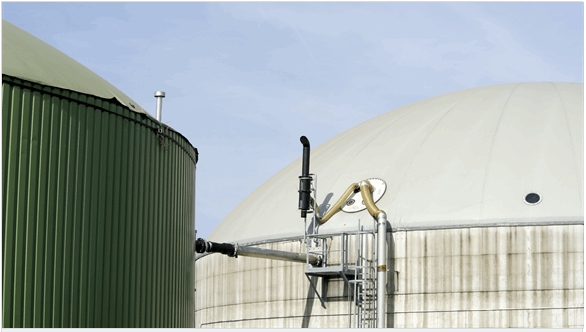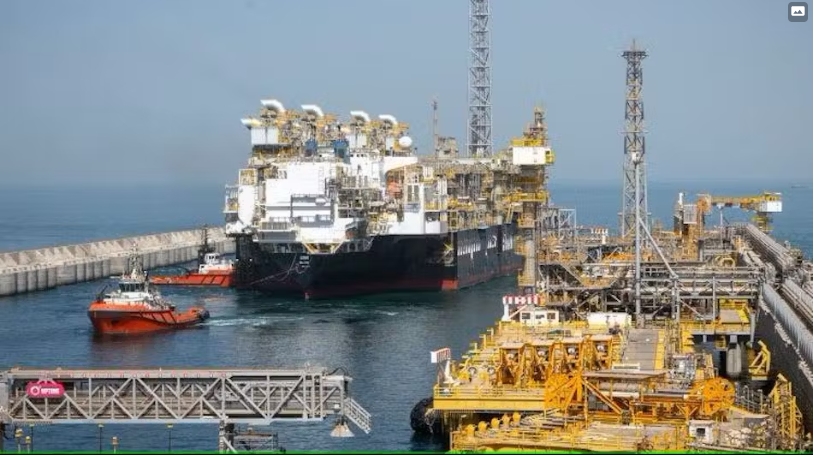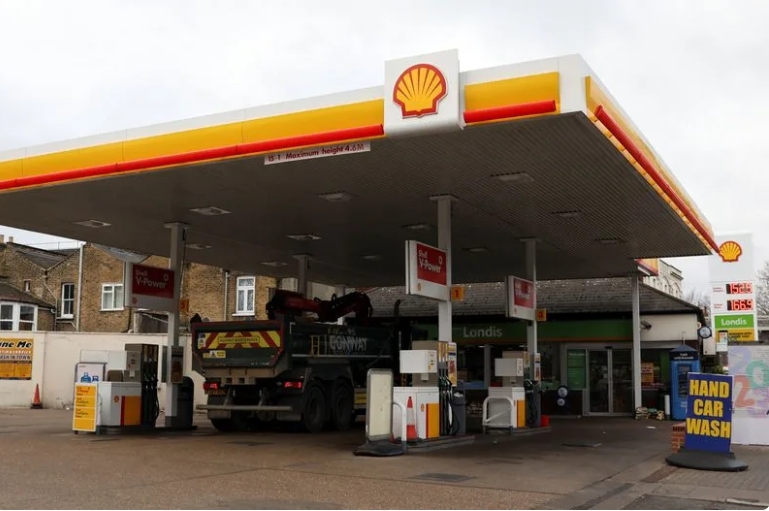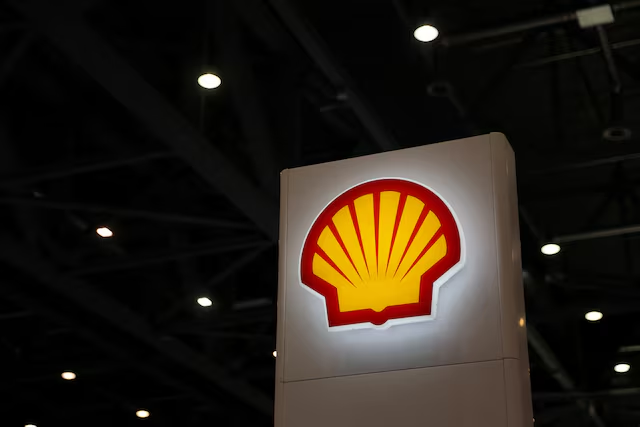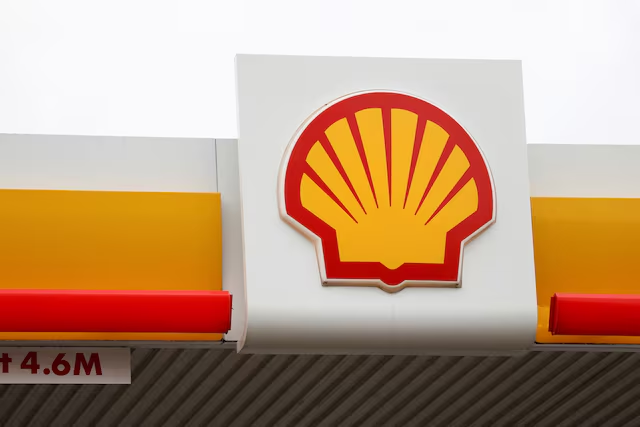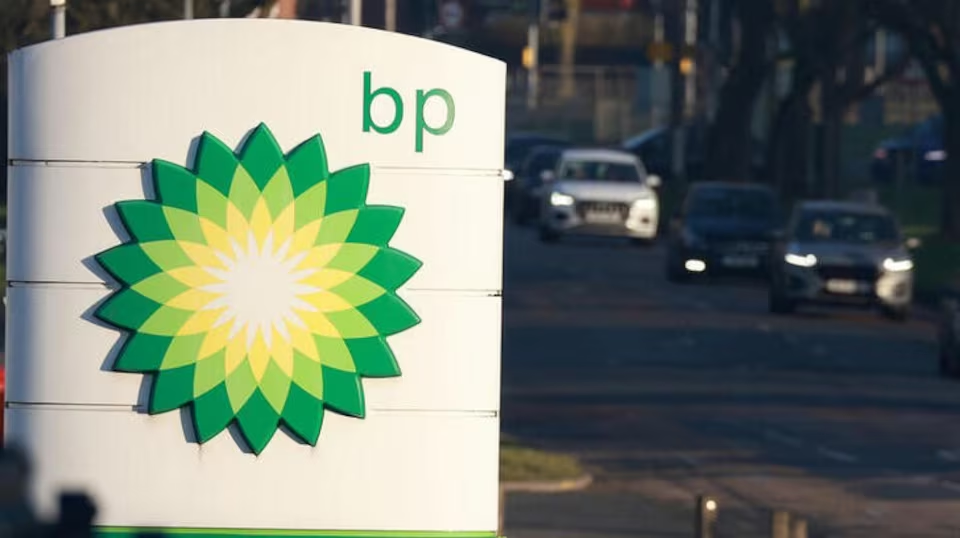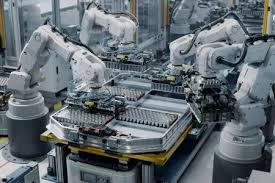
According to estimates by McKinsey, global Li-ion battery cell demand may increase from about 700 GWh in 2022 to about 4700 GWh in 2030. With these forecasts in mind, it is perhaps not surprising that the number of patent filings related to battery storage technology has also been increasing steadily for years. And while some of the companies which developed early commercial Li-ion batteries, such as Sony and Panasonic, still play an important role in advancing battery technology, the increasing economic opportunities have attracted many newer companies.
Patent filing trends
While patents are not a perfect source of information about research and development, they can be a useful proxy for illustrating trends and market developments. The number of total patent publications in International Patent Classification (IPC) Class H01M, relating to various types of batteries, has more than doubled in a decade, from about 68 000 in 2014 to over 160 000 in 2023. This highlights not only the rising spending on research and development and the increasing commercial value of protecting innovations by means of patents, but also the increasing number of companies in the sector.
While LG and Samsung have the largest portfolios of patents and patent applications relating to battery technology, when looking only at the most recent filings for which data is available, CATL, the largest manufacturer of EV batteries in the world, appears to have caught up. For patent families in IPC Class H01M with an earliest priority date in 2022, CATL was the second largest filer, beaten only by LG, who remains the largest non-Chinese battery manufacturer.
New entrants and fiercer competition, an increasing commercial value of the market, and the development of new technologies including cheaper, faster, and more environmentally friendly manufacturing processes, all contribute to an environment of ever-increasing importance being placed on intellectual property and its protection.
Case study: Dry coating
Much of the growth in patent filings has come from areas seeking to address some of the most costly and time-consuming steps in battery manufacturing. For example, dry coating technology is considered a promising means of reducing the cost, manufacturing time, and environmental impact of the battery manufacturing process. Traditionally, a wet slurry of an active electrode material suspended in organic solvents with conductive carbon and a binder is coated onto a current collector foil. Drying of the wet slurry coated onto the current collector is time-consuming and is responsible for a large share of the primary energy demand of the battery manufacturing process. Dry coating processes, on the other hand, seek to avoid the use of solvents altogether, thus dispensing with the need for drying.
One of the earliest adopters of dry coating was Maxwell Technologies, a manufacturer of ultracapacitors that was bought by Tesla in 2019, resulting in Tesla becoming a leader in dry coating technologies. Some of the earliest dry coating patents such as US7883553 have filing dates in the 2000s.
The increasing interest in electrode manufacturing technologies, including dry coating, is supported by the number of overall patent publications in IPC H01M4/139, which generally relates to processes of the manufacture of electrodes for accumulators with non-aqueous electrolyte. The number of patent publications in this IPC class has nearly doubled in five years, from about 2600 in 2018 to approximately 4400 in 2023.
Although Tesla is a pioneer in dry coating technology, other automotive OEMs, such as Volkswagen (e.g.WO2021098963), and other battery manufacturers, such as LG (e.g. US12002962), are developing their own dry coating processes.
In fact, when LG publicly bemoaned a ‘surge in patent infringement by latecomers in the battery industry’, one of the technologies specifically referred to in its press release was dry coating.
LG Energy Solution threatens to get tough on infringement, and promotes licence pool
The battery sector has traditionally not seen as much patent litigation as may be expected in a growing market filled with innovative companies and new entrants. Patent litigation refers to a legal process in which a patent owner (or exclusive licensee) sues another party for allegedly infringing their patent-protected rights.
Among the most reported actions were a global patent dispute between LG and SK Innovation which was settled (2021), a recent string of cases (2024) in which CosMX subsidiaries were found to infringe ATL patents in the US and Germany, and a decision (2023) in Germany finding that CATL and Opel did not infringe MU Ionic’s patent.
However, besides these widely-reported cases, litigation in the battery sector has been few and far between – more recently there appears to be a trend to more enforcement of intellectual property rights, and LG’s announcement of its harsher stance on the alleged ‘surge in patent infringement by latecomers’, supports this view.
Nevertheless, LG’s announcement came alongside the establishment by LG and Panasonic of Tulip Innovation, a patent pool offering a ‘streamlined license under a combined portfolio of more than 5000 patents’. Therefore, it remains to be seen how serious LG is about enforcing its IP if warning letters are sent and licenses are rejected – LG’s analysis suggests that 580 of its ‘highly strategic’ patents are infringed by competing battery manufacturers, suggesting widespread infringement in the battery sector.
